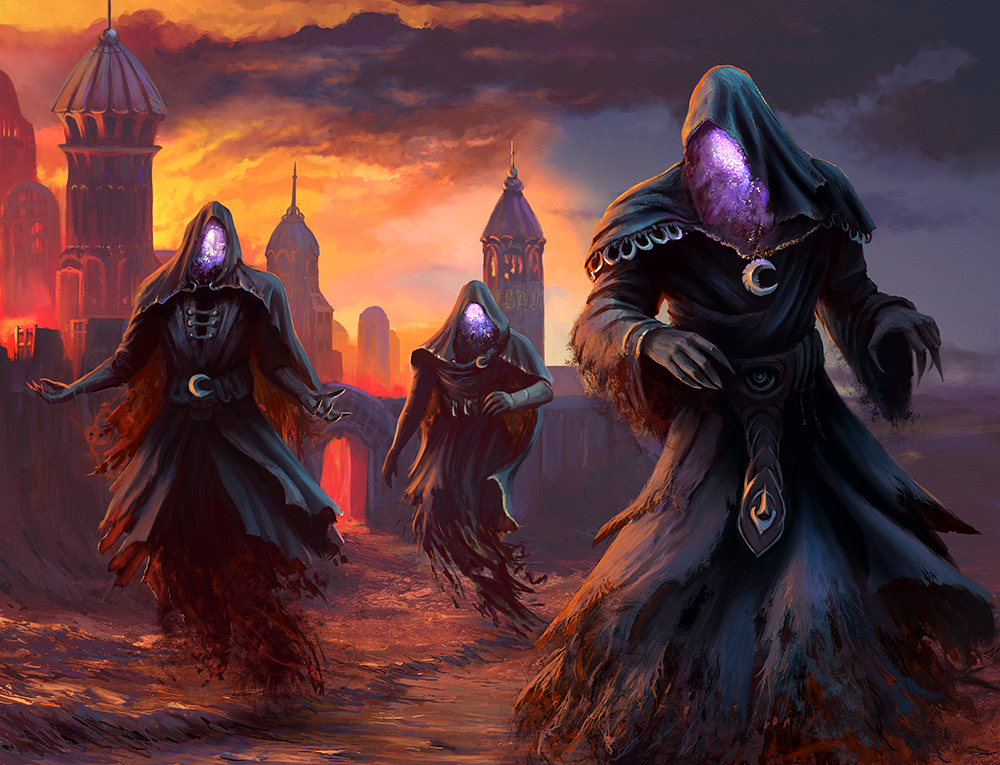Quick Links
Useful Links
- Services
- Privacy Policy
- Terms & Condition
- Contact Us
Get in Touch with Us
- support@dummyEmail.com

“We do not stop playing because we grow old; we grow old because we stop playing.” For centuries, stories have been about passive consumption. We read books, we watch movies, we listen to tales, and we absorb information as outsiders looking in. But what if storytelling could become more interactive? What if, instead of only following a character’s journey, we could experience their growth, their struggles, and their evolution through a structured system—much like a game? This is exactly what the LitRPG (Literary Role-Playing Game) genre does, and Allen “Reign” Odom’s Sword, Crown, and Quill is a brilliant example of how storytelling can be transformed into an immersive experience using game mechanics. By blending quests, progress bars, hybrid abilities, and RPG-like character growth, Odom has crafted a story that doesn’t just tell—it engages.
LitRPG is a subgenre of fantasy and science fiction that combines traditional storytelling with game-like progression. Think of it as a novel where the characters level up, acquire new skills, complete quests, and interact with a system that tracks their progress. It’s like reading a book while being inside a video game. The reason LitRPG has gained popularity is simple—it turns passive readers into active participants. Instead of just following a hero’s journey, you see their stats change, their skills improve, and their challenges laid out in structured, measurable ways. In Sword, Crown, and Quill, Odom has taken this concept to another level. Instead of forcing Malik, the main character, into a world of traditional magic, he is thrown into a hybrid existence where he must balance both science and the Ether-driven magic of his new reality. This creates a thrilling narrative where growth isn’t just emotional—it’s also mechanical.
One of the most exciting aspects of LitRPG storytelling is the ability to track progress. In traditional fantasy, a hero might become stronger through sheer effort, but the details are often vague. In Sword, Crown, and Quill, every improvement Malik makes is measured—his Hybrid Integration percentage increases, his abilities evolve, and his survival depends on adapting to the rules of the world. For example, early in the story, Malik’s Hybrid Integration is at 1%, meaning he barely understands or controls the changes happening to him. As the novel progresses, this percentage rises, revealing new traits and potential. This simple yet effective storytelling technique keeps readers engaged—it’s like watching an RPG character level up.
One of the most exciting parts of Sword, Crown, and Quill is how it uses a quest system to shape the story. Instead of wandering without direction, Malik is given clear objectives, similar to a player in an open-world game. In Chapter 2, for example, he gets a system-generated quest: “Quest: A Stranger in a Strange Land. Objective: Seek out civilization to learn about Ether Tools and ways to stabilize your Hybrid condition.” This structured approach helps guide both Malik and the story, adding a sense of purpose and urgency. Unlike many fantasy stories where the hero’s path is unpredictable, this book gives Malik a clear but difficult journey, making his actions feel more like a game mission. This format keeps readers engaged because it sets specific goals while still allowing surprises along the way. Will Malik succeed, or will he face unexpected challenges? Just like in an RPG, the adventure unfolds with uncertainty, making it even more exciting.
In most RPGs, characters start weak, but as they progress, they acquire better gear, new skills, and stronger abilities. In Sword, Crown, and Quill, this concept is embodied by Malik’s mask—a piece of equipment that starts as a mark of oppression but gradually transforms into a powerful tool. The mask is not just a passive item; it evolves with Malik. Initially, it is a burden, a reminder of his status as a dreg, but as he incorporates with the world, the mask begins revealing system interfaces, translation features, and even survival mechanisms. This is an incredible example of LitRPG storytelling at its finest—equipment in this world isn’t just decoration; it is functional, meaningful, and part of Malik’s journey. It mirrors how video game players constantly search for new armor, weapons, and upgrades to improve their gameplay experience.
LitRPG is more than just a trend—it’s the future of immersive storytelling. Readers no longer just want to observe a story; they want to experience it, to track progress, to feel the ups and downs as if they were the protagonist themselves. And Sword, Crown, and Quill delivers this experience flawlessly. With its game-like mechanics, compelling world-building, and structured quest-driven narrative, it stands as a shining example of how fiction can evolve into something more interactive and engaging. If you’re looking for a book that bridges the gap between literature and gaming, one that will make you feel like you’re living inside an RPG world while following an incredible hero’s journey, Sword, Crown, and Quill is the book you need to read next. So, are you ready to embark on this adventure? Because in this world, every choice matters.
we’ll send you a nice letter once per week. no spam.
© Copyright 2025 allen odom . All Rights Reserved